



Infrared ISP chip
Infrared ISP (In-System Programming) chips are specialized ICs that integrate infrared signal processing with in-system programming capabilities. They are widely used in security monitoring, night-vision cameras, smart homes, industrial inspection, and infrared imaging and sensing systems for drones and other applications. Through the ISP interface, developers can program, debug, and upgrade internal registers, parameter settings, and firmware while the chip is already soldered onto the circuit board, enhancing system flexibility and maintenance efficiency. This article provides a detailed overview of infrared ISP chips, including their types, working principles, application scenarios, and selection considerations.
1. Overview of Infrared ISP Chips
Infrared ISP chips typically integrate the following functional modules:
- Infrared Image Sensor Interface: Supports high-speed data communication with infrared detectors, pyroelectric sensors, or infrared focal plane array (FPA) sensors.
- Image Signal Processing (ISP) Module: Performs denoising, gain control, pseudo-color mapping, automatic gain control (AGC), and other functions to ensure high-quality infrared images.
- ISP Programming Interface: Provides SPI, I²C, UART, or JTAG interfaces for online register configuration, firmware download, and algorithm updates.
- On-Chip Memory: Stores parameter configurations, algorithm code, and firmware, supporting direct in-system updates.
Infrared ISP chips are characterized by low power consumption, high sensitivity, strong real-time processing capability, and flexible online debugging and remote upgrade support through the ISP interface.
2. Working Principle
The working process of an infrared ISP chip can be divided into several stages:
- Data Acquisition: The infrared sensor captures infrared radiation and outputs raw image data.
- Image Preprocessing: The ISP chip performs denoising, gain calibration, linearization, and temperature compensation to generate high-quality infrared images.
- Parameter Adjustment and In-System Programming: Through the ISP interface, developers can read or write chip registers, dynamically adjusting gain, thresholds, pseudo-color mapping, or regions of interest (ROI).
- Output Data Transmission: Processed images are output via parallel interfaces, MIPI, LVDS, or USB for display, storage, or further algorithmic processing.
The ISP functionality allows users to modify imaging parameters, update algorithms, or fix firmware issues while the system is running, without removing the chip.
3. Application Scenarios
Infrared ISP chips are widely applied across various fields:
- Security Monitoring: Night-vision cameras and infrared surveillance systems use ISP chips to optimize image brightness and contrast in real time, improving night-time monitoring performance.
- Industrial Inspection: Infrared thermal imaging devices leverage ISP chips for temperature image optimization, fault detection, and alarm parameter configuration.
- Drones and Robotics: Infrared imaging modules use ISP chips for low-latency processing and remote parameter adjustment, supporting navigation, target recognition, and search tasks.
- Smart Home: Infrared sensors and cameras implement online adjustment through ISP chips, enhancing environmental monitoring and security automation.
- Medical and Research: Infrared imaging equipment uses ISP chips to adjust pseudo-color mapping and enhance details for non-contact temperature monitoring and experimental research.
4. Selection Considerations
When choosing an infrared ISP chip, the following factors should be considered:
- Interface Type: Select chips that support SPI, I²C, UART, MIPI CSI, or LVDS according to system design, ensuring compatibility for data transfer and in-system programming.
- Resolution and Frame Rate: The chip should support the maximum resolution and frame rate of the infrared sensor to ensure clear and real-time imaging.
- Algorithm and Function Support: Check for features such as denoising, pseudo-color mapping, automatic gain control, ROI adjustment, and multi-frame fusion.
- Power Consumption and Temperature Range: Ensure low power consumption, high reliability, and wide temperature operation, especially for drones or outdoor monitoring.
- ISP Programming Capability: Support online register read/write, firmware upgrades, and algorithm parameter adjustments to meet on-site maintenance and remote debugging needs.
5. Summary
Infrared ISP chips combine infrared signal processing with in-system programming functionality, providing high performance, low power consumption, and flexible debugging capabilities for infrared imaging systems. Through the ISP interface, developers can access registers and parameters in real time, optimize images, upgrade firmware, and adjust algorithms. They are widely used in security monitoring, industrial inspection, drone vision, smart home, and research/medical applications. Choosing the right interface type, resolution, frame rate, and power characteristics ensures efficient and stable performance, delivering high-quality infrared imaging and reliable system operation.

Please contact us if the source is mislabeled or violates your legal rights.
We will promptly correct and delete, thank you.

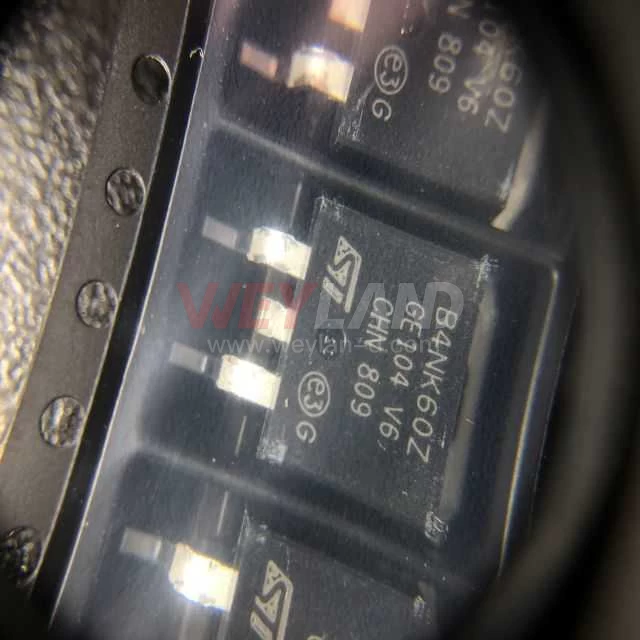
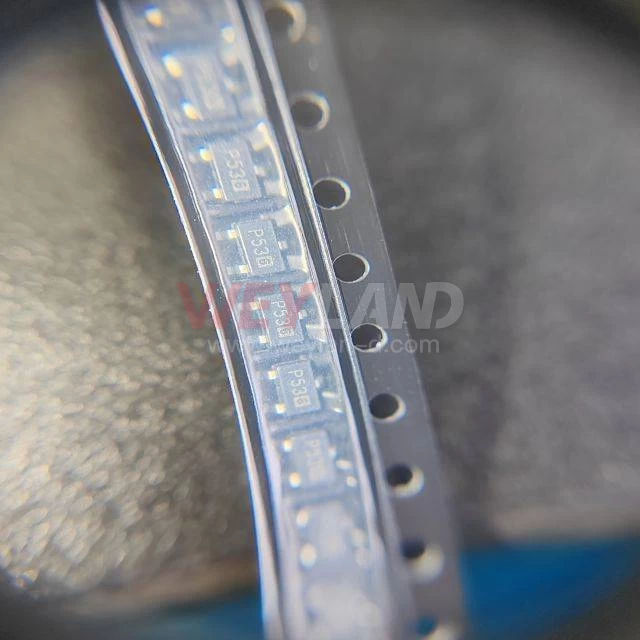
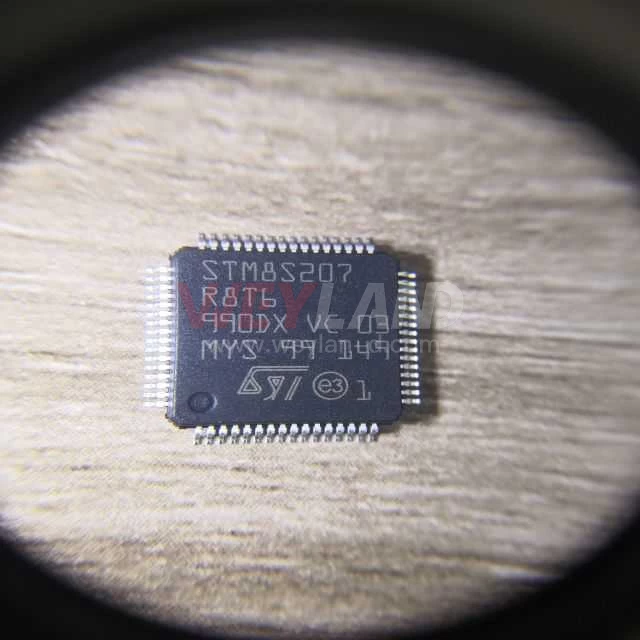
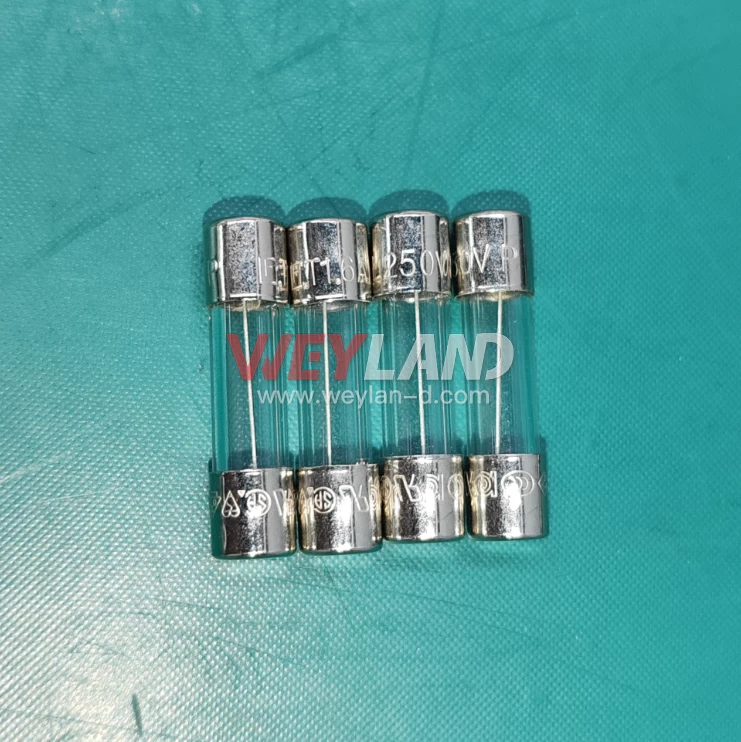
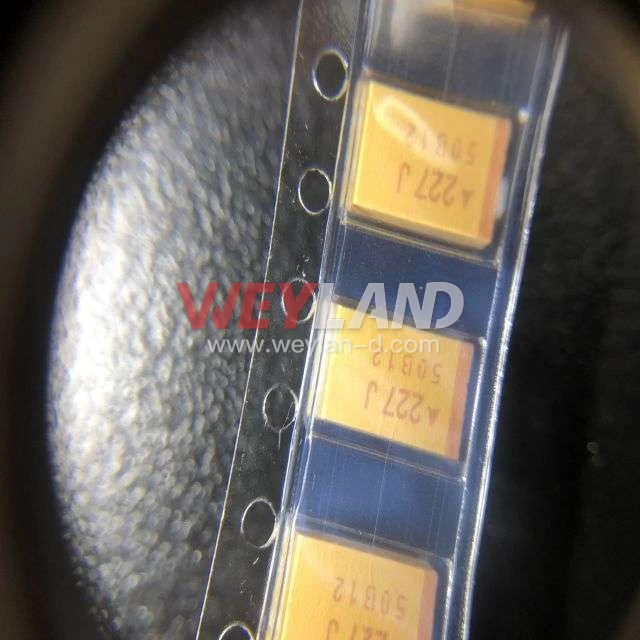
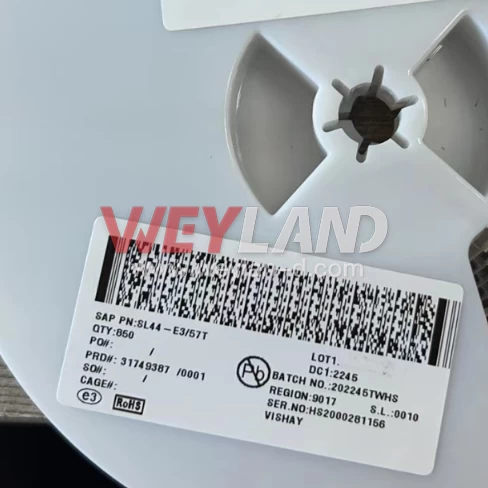
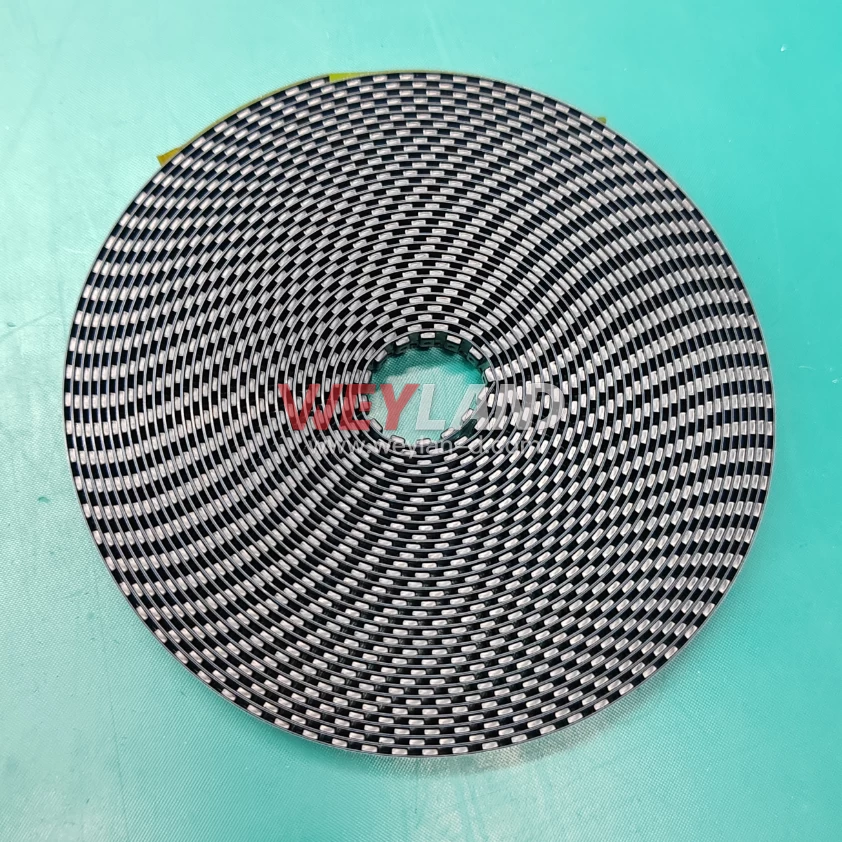


.9246509.png)












[email protected]
7500A BEACH ROAD #04-307 THE PLAZA SINGAPORE (199591)
RM 705.7/F.FA YUEN COMM BLDGNO.75-77.FA YUEN STREET.MONGKOK.KLN.HONG KONG
